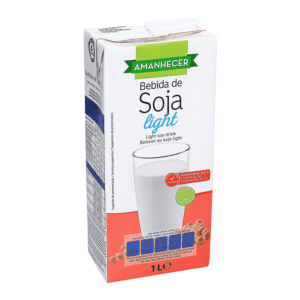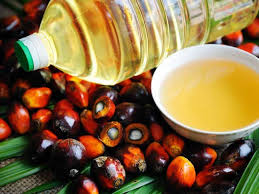The Dairy Industry and Its Ambitious Towards Sustainability
It is no surprise that environmental sustainability gains momentum year after year and is slowly but surely becoming a critical factor for the success of each F&B company. The Dairy Industry is often at the center of discussion when it comes to finding a necessary balance between ecology and business development.
Considering the consumers’ recent tendencies to choose sustainably sourced products, implementing the following strategies and practices will give you a definite edge in managing a successful profit- and people-oriented business.
Market Overview
Before we get to the meat of the matter, it is essential to define the state of the Dairy Industry as it currently is.
As you may already know, the dairy market is segmented into the following product types: milk, cheese, butter, dairy desserts, yogurt, and others. The milk sector dominates the market, with butter and cheese segments not too far behind.
The lactose-free products enjoy immense popularity at the moment, so this is something you might want to look out for.
Now let’s take a look at some numbers.
For starters, the Dairy Market was valued at 718.9 billion U.S. dollars back in 2019, and thankfully the projections for 2024 are optimistic. Experts project that it will grow to 1032.7 billion U.S. dollars by 2024.
An expected Compound Annual Growth Rate (CAGR) of 5% over the forecast period (2021 – 2026) is further evidence of a positive direction.
To say that the market is competitive would be an understatement. Danone, Nestle, and Lactalis are just a few of the key players that define the nature of the market characteristics, along with the multitude of companies that strive to establish themselves or solidify their place as top dogs.
Getting to the top requires a strong focus on reducing resources while increasing production. Over the past decade, the Dairy Industry has attained impressive results in terms of environmental sustainability, which is a coveted aspect among representatives of the industry and consumers alike. For example, the carbon footprint of a glass of milk today is almost 70% less than a glass of milk 70 years ago.
In other words, ensuring fewer greenhouse gas emissions and a lower carbon footprint while maintaining the quality and quantity of milk products is what will get you closer to success.
One question. How?
How to Get Ahead of The Curve By Implementing These 6 Sustainability Practices
These practices are crucial in achieving net-zero GHG emissions in milk production or at least getting close to it.
Let’s start from the ground up. Literally. Paying attention to the proper fertilization of the soil plays a decisive role in improving the by-products. Soil resources, crop nutrient requirements, climatic conditions and surface, groundwater, and contamination risks are all factors you should take into account. Also, when the soil becomes waterlogged, it is better to find another pasture for the time being.
The optimal water management and the preservation of quality water reserves should be another aim of yours to avoid pollution.
The proper storage and treatment of animal manure and waste under the legal requirements will limit the environmental risks.
The biodiversity and habitat enhancements on and around your farm will benefit you in the health condition of your cows and high-quality milk products.
Exchanging the non-renewable energy sources for renewable ones will optimize and improve the energy usage on the farm.
If possible, organic crop debris can be composted on the farm and reused for soil conditioning, provided there is no risk of diseases.
Monitor the greenhouse gas emissions on a monthly basis and apply the mentioned practices according to the results.
























